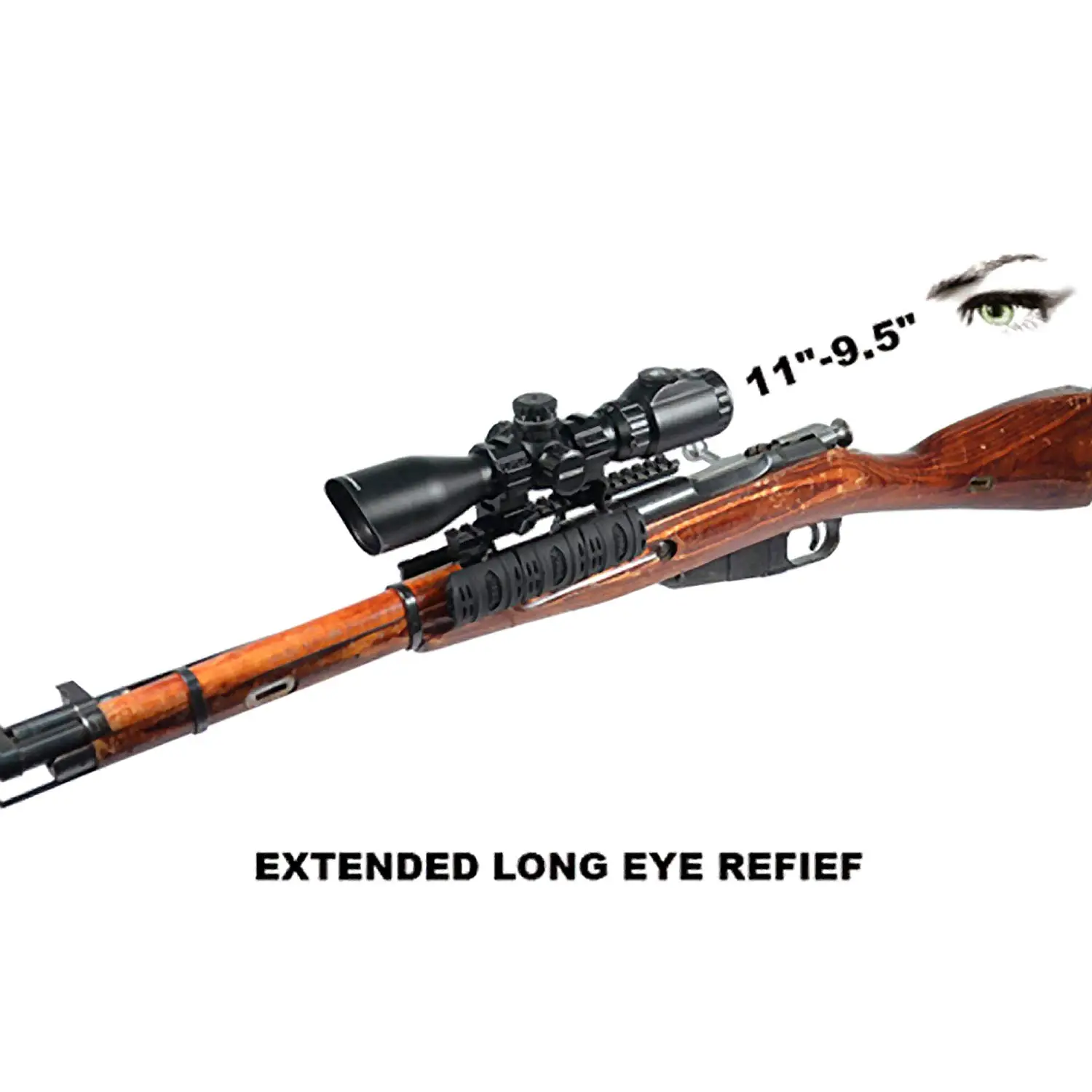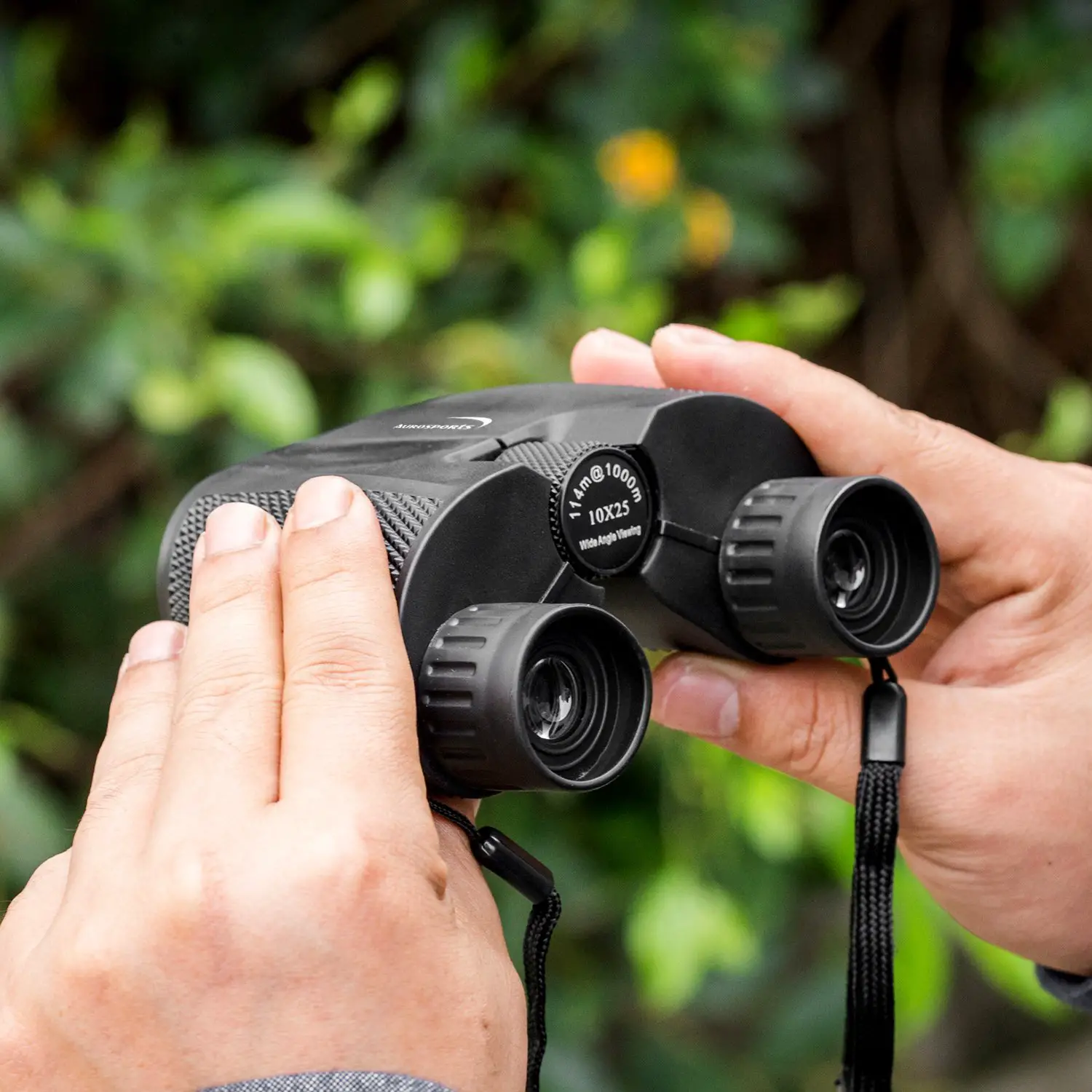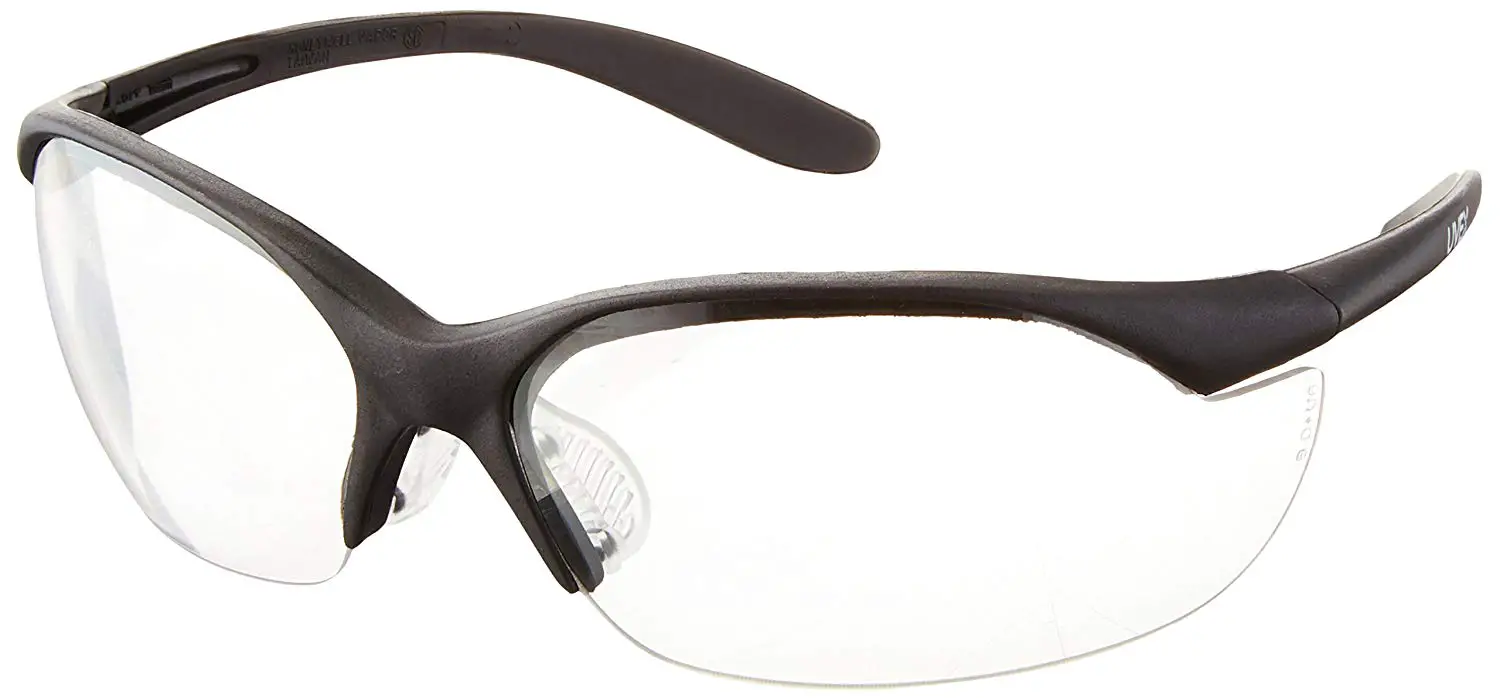Image from Pixabay
*This post may contain affiliate links. As an Amazon Associate we earn from qualifying purchases.
If you’re a shooter and have never had a black eye, you’re among the lucky folks. For those who have, though, are probably asking themselves this question, “What is eye relief on a scope?”
Black eye, scope eye, cut above the eye — these, and more, are some of the names to the unsightly ulceration that results from being smacked in the face by the rifle scope, often due to inadequate eye relief.
![]()
What Is Eye Relief on a Scope?
No, eye relief isn’t a break from that eyepiece on your scope.Eye relief is the distance between your eyes and the ocular lens. Not just that, but this eye distance needs to be sufficient to give you a full field of view of the magnified object. And yes, this is a key factor to consider before grabbing a new scope.Simply put, eye relief is how far you position your eyes from the eyepiece of an optical device — a scope, in our case.
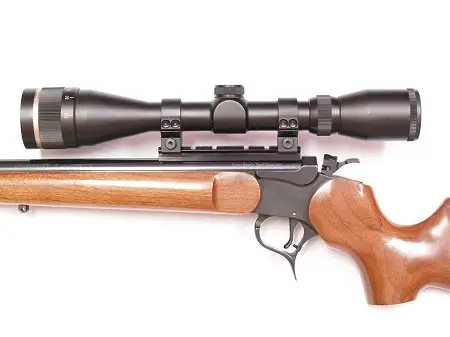
Image from Amazon
You don’t want to keep your eyes excessively close to the lens as all you’ll see is a blurry image. Flipping the coin, if you move your eyes too far away, you should only see a dot in the center of the eyepiece.
![]()
Types of Eye Relief
Defining “What is eye relief on a scope?” isn’t enough. We need to dig into the various types of eye relief.Depending on the eye distance from the ocular lens, eye relief can be classified as standard, long, or even short.
![]()
Standard
Just in case you had no idea, eye relief is measured in inches, and standard eye relief sits in the 3.5 to 4.5 range.Standard eye relief allows for a more comfortable hold while firing. The rifle feels more balanced during the action.You should also know that scopes with standard eye relief are ideal for long-range shots as they offer the highest magnification levels. These also are a good fit for rear-mounting and can offer extra crosshair options than their longer counterparts.
![]()
Long
Image from Amazon
Eye relief of more than 4.5 inches is considered long, and it protects your sighting eye from the higher-recoiling calibers.Long eye relief also allows you to scot mount, or mount your scope further up on the rifle. That lets you have a wider field of view, hence, a smooth transition between targets.Because eye relief gets shorter as you target up the hill, scopes with long eye relief are a plus when firing a caliber uphill.
Such scopes, however, despite offering extra clarity, have a smaller range of magnification when compared to their standard-eye-relief counterparts.The average power for a long-eye-relief rifle scope is usually not more than six to eight. That is lower than standard-eye-relief scopes that have magnification powers revolving around 8 to 10 – and higher.Another caveat with long-relief scopes is that hunting in dim lighting could be a bit difficult. But light transmission tends to dissipate faster when you have your eye farther from the eyepiece.
![]()
Short
Anything shorter than 3.5 inches is short (or insufficient) eye relief.While this eye distance might work fine with other optical devices, including rangefinders and binoculars, short eye relief is a letdown when it comes to rifle scopes.You want to avoid it at all costs unless you’re looking to gift yourself with the black eye award.
Image from Amazon
![]()
Why Eye Relief?
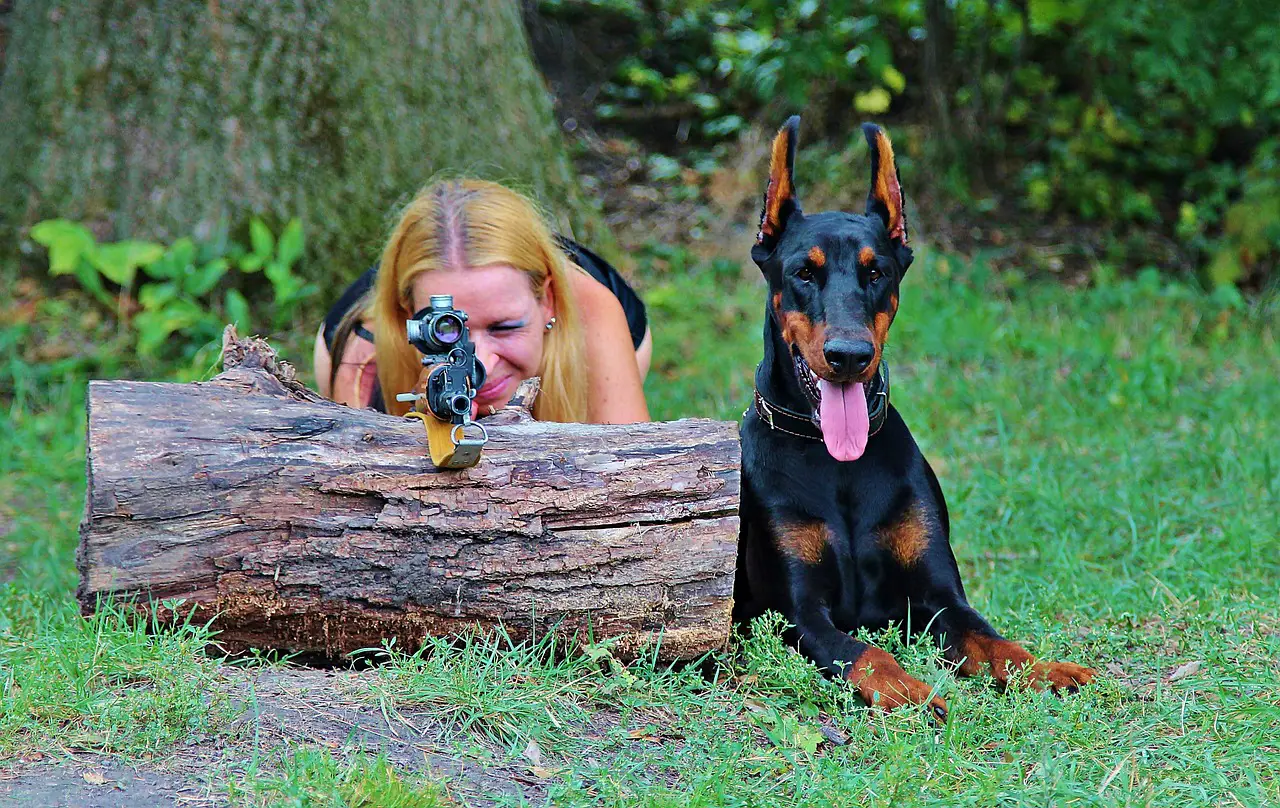
Image from Pixabay
Unlike with microscopes, telescopes, or binoculars, eye relief on a rifle scope is as important as milk is to a baby.Ask a veteran shooter, and they’ll tell you that eye relief is, in fact, mandatory; it’s not optional.Why is that?Let’s start with the obvious reason.Eye relief shields you from the recoil of heavy caliber rounds. That’s why shorter eye relief is likely to get you smacked in the face upon firing your gun, particularly with higher-recoiling calibers.Another reason eye relief is an asset is it helps prevent clipped images. Improper eye relief results in a reduced field of view with low-quality (clipped) images. It can be a pain to see clipped images, as you need to strain your eyes.
![]()
What Affects Eye Relief on a Scope?
While our answer to “What is eye relief on a scope?” helps provide the basics, there’s more to that. Several factors can affect eye relief, even if it’s generous enough. Let’s take a quick look.
![]()
Eyewear
From goggles to sunglasses and prescription glasses, eyewear can compromise eye relief on a scope. A second pair of eyes is prone to causing vignetting (light fall-off) when the edges of your image appear darker than the rest of the picture.
Image from Amazon
Vignetting occurs because eyewear doesn’t allow you to get close enough to the eyepiece. Even so, you want to know that light fall-off is more of a problem in scopes with shorter eye relief.
![]()
Bullet caliber
While shorter eye relief (up to two inches) is affected with light-recoiling caliber, you need generous relief when firing heavy recoiling caliber. After all, you don’t want to get smacked in the face and end up with a cut on your eyebrow.
![]()
Field of view
Eye relief reduces with a wide field of view. It, however, increases with a small field of view. Even so, at longer ranges, a shooter usually has more time to target, meaning that a reduced field of view doesn’t compromise the entire action.
![]()
Magnification
Eye relief decreases with an increase in magnification, and it increases with a decrease in magnification. At high magnification, eye distance from the ocular lens is likely to be inaccurate while clipping the image.Now you know why low-power scopes feature decent eye relief!
![]()
What Is Eye Relief on a Scope: How to Adjust Eye Relief
Riflescopes come with fixed eye relief, but you can adjust it for a comfy and safe shooting angle. And guess what? It’s more of a straightforward procedure than you might think. You only need to invest a bit of time when you’re doing it the first time.Then follow these steps:
- Grab your rifle scope and tighten it loosely in the rings to allow for any adjustments
- Mount the scope to your rifle. You want to do this on a firm raised area with well-lit walls
- Brace the butt of your gun on your shoulder, while holding it in your hands,
- Next, assume a relaxed shooting angle, without looking through the scope
- Now, it’s time to look through the rifle scope. Do this while moving the scope for a full field of view
- Do it several times until you find a comfy shooting angle
- Tighten the scope’s rings while it’s in a leveled position
- Now, you can zero in your rifle scope
![]()
What Is Eye Relief on a Scope? It’s a Relief
If you’ve never had a cut above your eye due to improper eye relief, a big applause to you! But if you’ve been smacked in the face before, we don’t want it happening again, now that we’re on the same page.We also believe that, at this point, you can quickly help someone answer the question, “What is eye relief on a scope”? But there’s no denying a bunch of shooters out there are still ignorant of the meaning of eye relief on a scope. Go spread the word!Ever been smacked in the face by your rifle scope? What was the whole experience like? Don’t be afraid to share with us in the comments.
